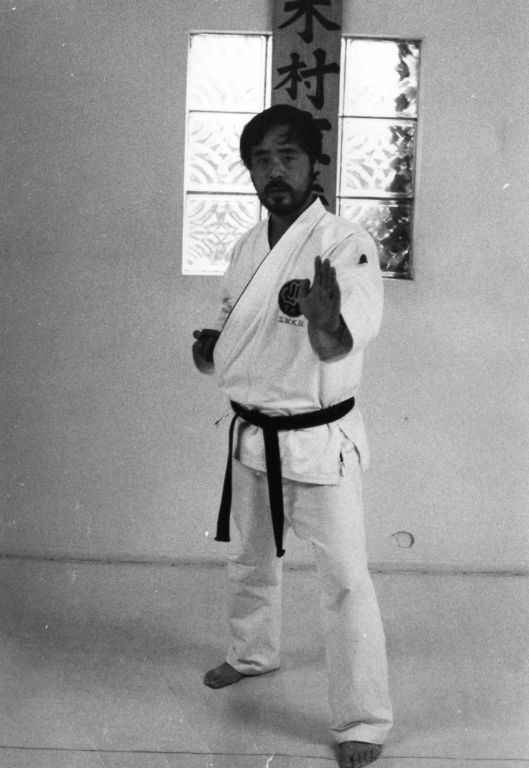
History of Shukokai
Sensei Tani began studying Goju Karate while at Junior High school. When he entered the Doshisha University, he began studying Shito Ryu Karate. Upon receiving his Menko (Teachers Certificate) from Kenwa Mabuni, Sensei Tani began teaching Tani-Ha Shito Ryu at his own Dojo in 1948. He proudly hung a wood carved sign above the entrance which said Shukokai, which means “Way for All”
When Sensei Tani retired as Chief Technical Director he appointed Shigeru Kimura, 10th Dan, (1941—1995) as his successor. Kimura Sensei had won the World All-Styles Championship when only 21 years of age and had twice been the All-Japan champion before retiring from active competition. Sensei Kimura arrived in the US in 1970 at the age of 29 after teaching in Rhodesia and South Africa and establishing a reputation of master level Shukokai Karate throughout the world.
Shukokai was perpetuated in the United States primarily by Sensei Kimura. Shihan Mac Albus, a 7th degree black belt, studied under Shigeru Kimura for over 25 years. Being a direct descendent of Shito-Ryu, Shukokai inherits the characteristics of both the Naha-te and Shuri-te styles of Okinawan Karate. While Shukokai shares many of the same punches, kicks, and blocks found in other popular styles of Karate, it is in how these are executed that sets Shukokai apart.
Sensei Kimura made his greatest contributions to the style by continually refining each technique to the highest degree, essentially re-defining the basics that had been practiced for centuries.